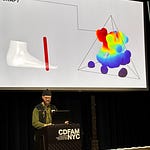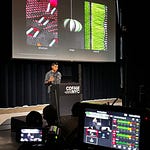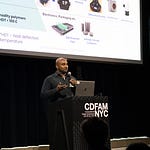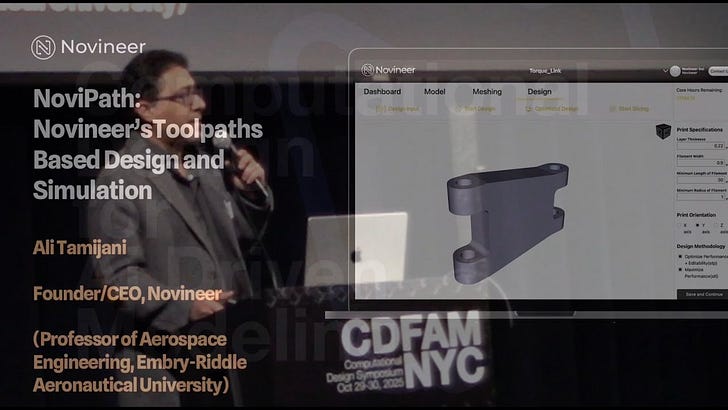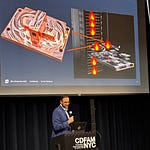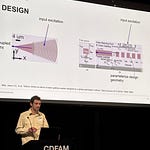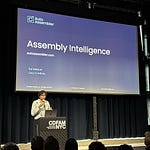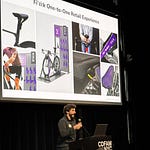Recorded at CDFAM Computational Design Symposium, NYC 2024
Presentation Abstract
Machine intelligence continues to rise in popularity as an aid to the design and discovery of novel lattice structures. Until recently, the design process has relied on a combination of trial-and-error and physics-based methods for optimization. These processes can be time-consuming and challenging, especially when the design space is being explored thoroughly. Artificial intelligence (AI) and machine learning (ML) can be used to overcome challenges like these as pre-processed massive lattice, TPMS, foam and metamaterial datasets can be used to accurately train appropriate models. The models can be broad, describing properties, structure, and function at numerous levels of hierarchy, using relevant inputted knowledge.
In this talk, I will present a comprehensive overview of how state-of-the-art machine intelligence techniques can be used for the computational design, discovery and development of lattices and other cellular solids. I will show individual approaches categorizing them based on methodology and application and will further discuss machine intelligence trends for a wide range of computational design problems. Most importantly, I will critique AI and ML and will look into where it does work and where it does not, hopefully providing a better understanding of possible AI applications in the computational design context.
Speaker Bio.
I am a researcher in the field of computational design and mechanical metamaterials working at the University of Edinburgh. My research area includes artificially engineered metamaterials (to enhance a specific mechanical characteristic such as stiffness and strength), lattices, self-assembling 4D printed materials and bio-inspired materials and structures. My background in mechanical engineering allows me to map the characteristics of these innovations to applications in industry including transport, space and energy sectors. For instance, one of my latest projects included weight shaving from wind turbines using large-scale lattice structures in order to tackle the fatigue loading problems, using state-of-the-art computational design approaches.
Most recently, I have been developing new design and optimization frameworks based on AI and ML models, focussing on the benefits that these approaches can bring to old-fashioned optimization
CDFAM Computational Design Symposium series brings together leading experts in computational design from industry, academia and software development for two days of knowledge sharing and networking.
Visit CDFAM.COM to learn about upcoming events around the world.


